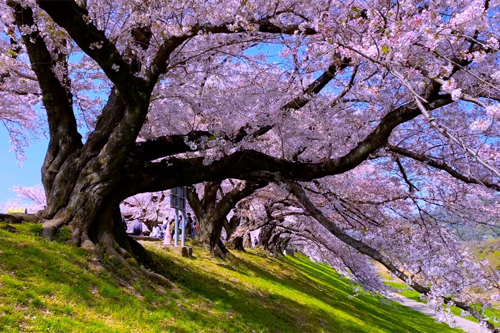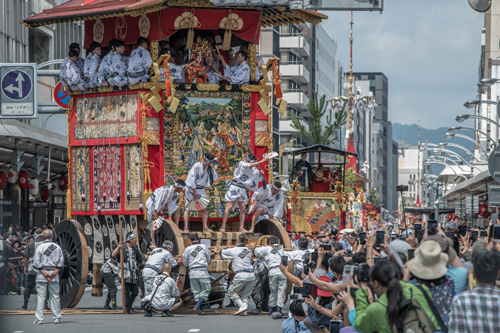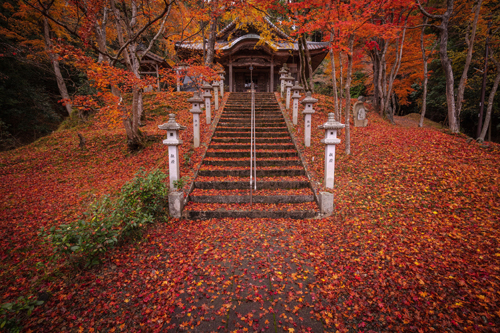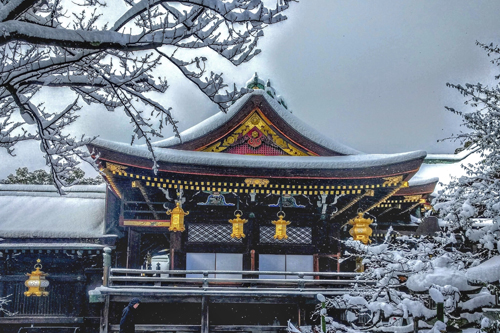The Japanese are obsessed with weather and seasons. Everything, from food, sake, tea ceremony and flower arrangement, to poetry, and daily greetings, reflect seasonality. Seasons are not just changes in nature, but strongly affect their spirituality and way of life. Cherry blossom, for example, is more than just the appreciation of beautiful flowers for the Japanese. It symbolizes something more spiritual or emotional, such as the transience of life, departure or starting new life, encounters and farewells, and even the cycle of the universe.
Japan is an island country with a long archipelago extending from north to south, and its climate varies from subtropical zone in the Okinawan islands to sub-polar in Hokkaido. While the majority of Japan belongs to temperate zones with four distinct seasons, there is considerable variation between north and south. The country’s four distinct seasons feature three periods of heavy precipitation: Heavy winter snowfalls blanket the western coast facing the Sea of Japan, particularly in the north; the rainy season (June and July) bring continuous heavy rains to most of the archipelago; and typhoons originating in the southern Pacific cross the country – especially in the south during August and September.
Spring
The whole nation seems obsessed with “Sakura” cherry blossoms in Spring, which have become an internationally recognized symbol of the Japanese aesthetic. As the winter chill makes way for a cleansing breeze, the anticipation of warmer weather begins with predictions of when the sakura are to bloom. Known as the “Sakura Blossom Front”, the coming of the cherry blossoms begin in the southern Okinawa and Kyushu islands in February, and run north to Hokkaido into as May. People gather under the cherry blossoms and admire their beauty with food and drink, this is known as “Hanami”. The Japanese ritual of Sakura watching dates as far back as 1200 years.

Summer
With the combination of heat and high humidity, summer in Japan may not be the ideal season for walking around outside. However, there are some unmissable summer experiences, namely Japanese festivals and firework displays. Some of the festivals have more than a thousand-year history, such as the Gion festival in Kyoto, as well as small local festivals held at various community temples and shrines. A summer festival is a great time to enjoy a living Japanese tradition. Likewise, firework displays are another Japanese tradition dating back over hundreds of years. One of the most famous displays, the Sumida River Fireworks in Tokyo, originated as a competition between rival firework makers, and attracts thousands of people annually.

Autumn
In Autumn (Fall) the hot and humid summer makes way for the much-welcomed cooler weather. The scenery of autumn colors finally arrives from the north and its higher altitude areas. The full range of colors and rich hues of autumn foliage is a memorable experience. Unlike the cherry blossoms in spring, autumn colors last several weeks, changing color gradually. Another reason for the popularity of this season is the food. On offer is the best seafood, vegetables, fruit & Sake from every restaurant, street stall and Izakaya across the whole country.

Winter
Japan has become a leading destination for winter sports and recreation, especially for those who want to experience the fresh powder snow on offer in the popular ski resorts of Nagano or Hokkaido. Also on offer are unique Onsen (hot spring) experiences complete with regional winter dishes of crab and other local delicacies.

